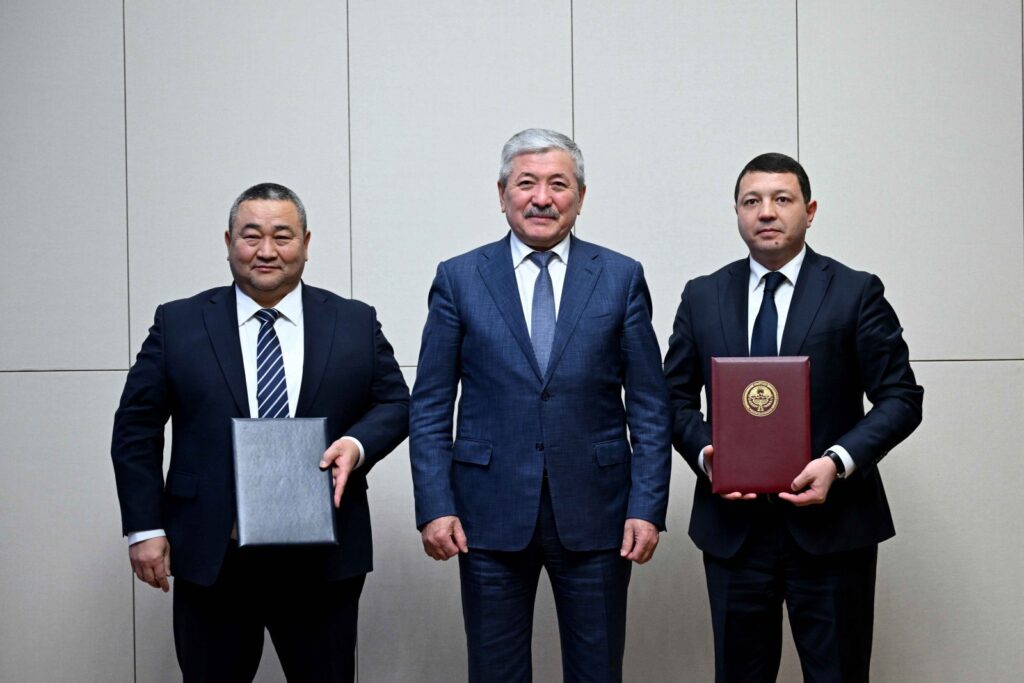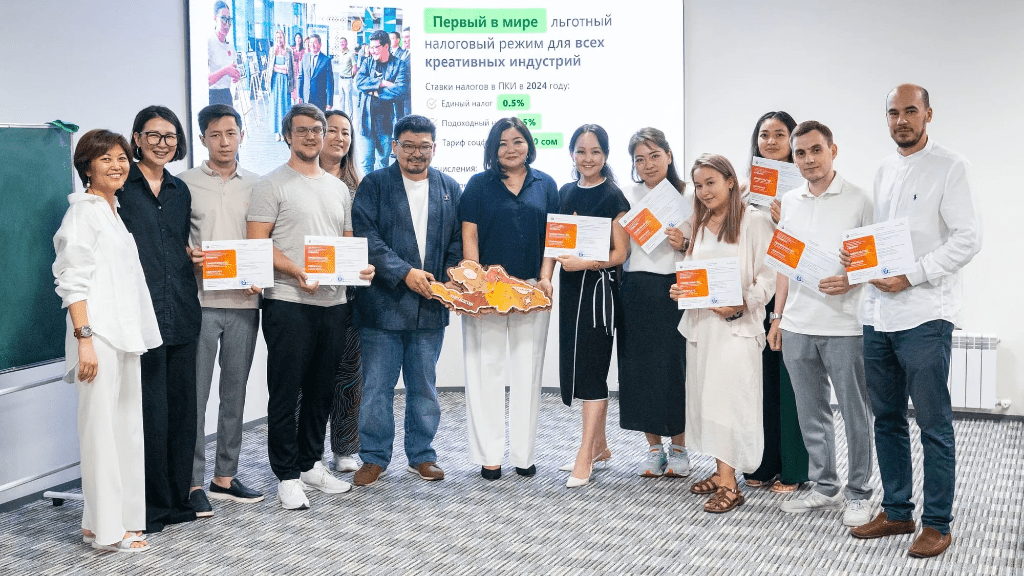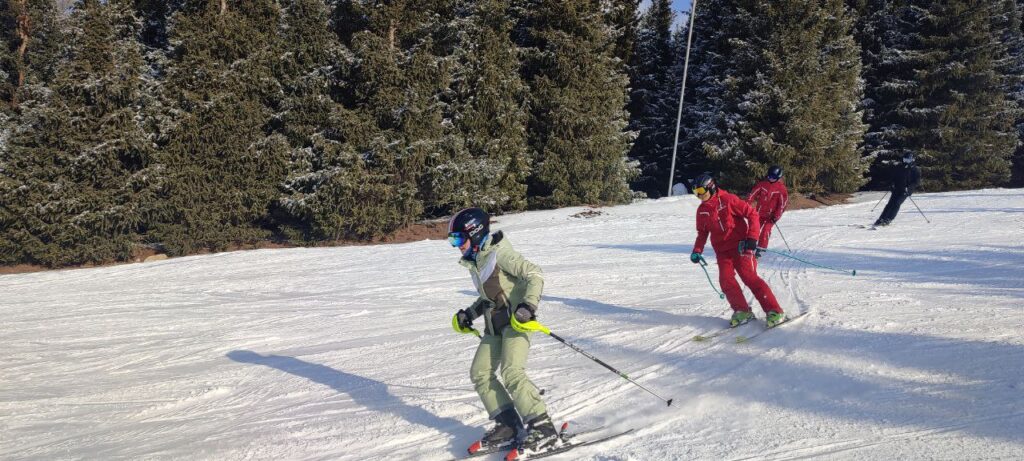Kyrgyzstan Launches Online Platform for Digital Nomad Applications
Kyrgyzstan has officially launched an online platform allowing foreign citizens to apply for Digital Nomad status, the Ministry of Labor, Social Security, and Migration announced this week. The service is available via the Government Services portal. The Digital Nomad status grants eligible foreign nationals the legal right to reside in Kyrgyzstan while working remotely. Initially valid for 60 days, the status can be extended for one year and renewed annually for up to 10 years. Applications can now be submitted entirely online, making the process faster, more secure, and user-friendly. The move is part of the government’s broader digitalization and economic modernization efforts. The Digital Nomad framework was introduced in November 2024, when President Sadyr Japarov signed legislative amendments establishing a legal basis for foreign professionals working in fields such as information and communication technologies (ICT), software development, creative industries, and other digital sectors. Those granted Digital Nomad status are exempt from mandatory local registration and may obtain a personal identification number (PIN). They are not required to obtain separate work permits and are permitted to engage in entrepreneurial activity either as individuals or through registered legal entities. Digital Nomads are also eligible to open bank accounts in Kyrgyzstan. The initiative is designed to attract global talent and foster the growth of Kyrgyzstan’s digital economy. Government officials hope the policy will encourage innovation, create jobs, increase tax revenues, and stimulate tourism. Neighboring Kazakhstan has launched similar efforts to attract mobile professionals. The country recently introduced a Digital Nomad Visa for IT specialists, offering both single-entry electronic and multiple-entry paper formats. Kazakhstan also rolled out a Neo Nomad Visa targeting remote workers with a verified monthly income of at least $3,000. Applicants must provide proof of health insurance and a clean criminal record. With these policy shifts, both Kyrgyzstan and Kazakhstan are positioning themselves as emerging hubs for remote work and digital entrepreneurship in Central Asia.






